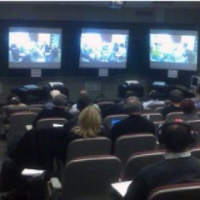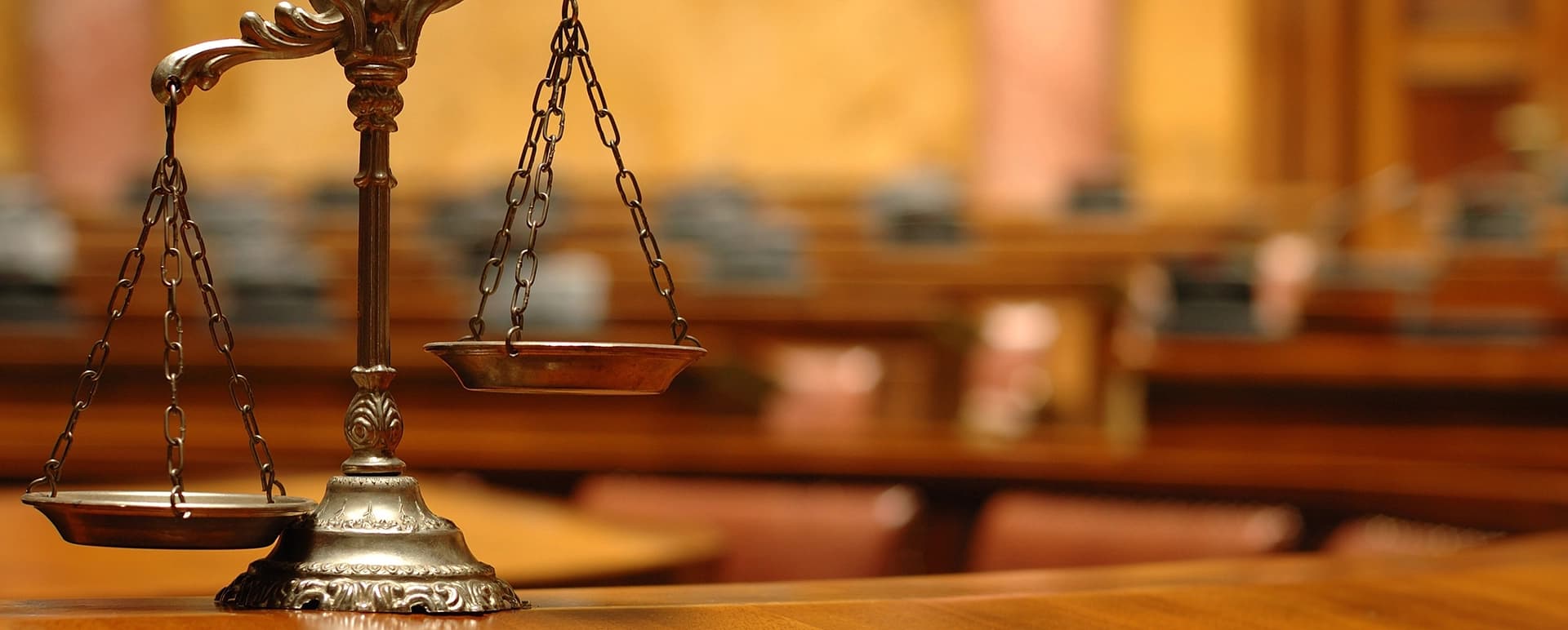Trial Presentation Focused Services for Visual Storytelling in Legal Cases
Trial Presentation Focused Services for Visual Storytelling in Legal Cases
Blog Article
Astound the Court: Important Components of a Powerful Test Discussion
Important elements such as understanding the target market, crafting an engaging narrative, and understanding verbal and non-verbal communication are vital parts of an efficient discussion. As these variables link, they develop a natural strategy that not just notifies however also involves jurors on several levels.

Recognizing Your Audience
Comprehending your target market is an essential aspect of effective test discussion. An effective discussion rests on the ability to understand the demographics, values, and tendencies of jurors. This comprehension notifies just how debates are framed, evidence exists, and emotional appeals are crafted, guaranteeing that the message resonates with the jurors on a personal degree.
Study suggests that jurors originated from diverse backgrounds and may have differing levels of comprehending relating to lawful process (trial presentation). Hence, it is crucial to avoid lawful jargon that might alienate or confuse them. Rather, employing clear, relatable language promotes involvement and comprehension. Furthermore, recognizing the jurors' prospective predispositions and life experiences permits the test presenter to anticipate objections and address problems proactively.
Reliable test discussion also includes observing jurors' reactions during the process. Involving with jurors as individuals instead than a collective system is essential in promoting a solid connection in the courtroom.

Crafting a Compelling Story
Crafting an engaging narrative is crucial in leading jurors via the complexities of an instance. A well-structured story not only streamlines elaborate legal ideas yet likewise engages jurors on a psychological level, making the details a lot more relatable and unforgettable.
This message should resonate with the jurors' worths and experiences, fostering a connection that transcends simple realities. This sequential method can aid jurors adhere to the progression of events, stressing reason and impact.
Including human elements-- such as personal tales or anecdotes-- can better improve the story's impact. These components evoke compassion, permitting jurors to visualize the effects of the situation on realities. In addition, using a constant motif throughout the discussion reinforces the major argument, making it much easier for jurors to preserve crucial points.
Eventually, an engaging narrative changes a trial presentation from a simple recounting of truths into a convincing tale that mesmerizes the court, urging them to mull over with both factor and emotion.
Utilizing Visual Aids
Including aesthetic help right into a test presentation can significantly boost jurors' understanding and retention of information. Visual products such as charts, diagrams, photographs, and video clips can transform complex lawful principles and evidence right into conveniently absorbable layouts. By engaging several senses, these help allow jurors to visualize the instance's essential elements, making it less complicated for dig this them to comply with along and understand intricate details.
In addition, well-designed aesthetic aids can stress essential factors and highlight connections in between different items of evidence. For circumstances, timelines can efficiently illustrate the series of occasions, while annotated images can clear up specific information pertinent to the situation. This not just aids in understanding however also enhances the narrative provided by the lawyer.
It is essential, nevertheless, to ensure that aesthetic aids are pertinent, clear, and properly presented. Extremely complicated or chaotic visuals may bewilder jurors and detract from the message. When made use of sensibly, aesthetic help serve to enhance the oral disagreements and enhance the general effect of the test discussion. Ultimately, efficient aesthetic communication can be a powerful device in persuading jurors and assisting them reach notified verdicts.
Mastering Verbal Communication
Effective verbal communication is essential in a test discussion, as it offers as the key ways through which lawyers convey their arguments and connect with jurors. Simpleness in language cultivates understanding and assists jurors comprehend complicated problems provided throughout the trial.
Additionally, tone and pacing significantly influence exactly how messages are gotten. A positive tone shares authority, while suitable pacing enables jurors to soak up info without really feeling overwhelmed. Lawyers must likewise differ their vocal inflections to emphasize bottom lines and Source preserve jurors' interest throughout the discussion.
In addition, the company of verbal arguments is crucial. Structuring the narrative practically and coherently assists jurors follow the attorney's logic, making it less complicated for them to preserve critical details. Utilizing persuasive methods, such as storytelling, can likewise improve the psychological vibration of the disagreements presented, consequently creating a much click to find out more more extensive connection with jurors.
Inevitably, grasping spoken communication not just strengthens a lawyer's case yet likewise fosters trust fund and connection with the jury, significantly boosting the chances of a positive verdict.

Engaging With Body Language
Nonverbal interaction plays an essential function in trial presentations, commonly communicating messages that words alone can not express. Body movement, encompassing motions, position, facial expressions, and eye call, considerably influences how jurors regard the credibility and sincerity of the speaker. A confident stance, with shoulders back and an open position, can instill trust fund, while closed-off body movement may suggest defensiveness or uncertainty.

Facial expressions must reflect the emotions linked with the case, enhancing the story being offered. For circumstances, a genuine expression throughout a touching minute can elicit compassion and reinforce the psychological allure. Ultimately, grasping body language is necessary for reliable trial presentations, as it enhances verbal communication and develops a compelling visibility that reverberates with the jury.
Conclusion
In conclusion, mesmerizing the court necessitates a strategic strategy that incorporates understanding the audience, crafting a compelling story, making use of visual help, grasping verbal communication, and involving via body movement. Each aspect plays a crucial duty in creating a powerful trial presentation that reverberates with jurors on both psychological and intellectual levels (trial presentation). By integrating these components efficiently, lawful professionals can significantly boost their capability to persuade and influence court decision-making
Report this page